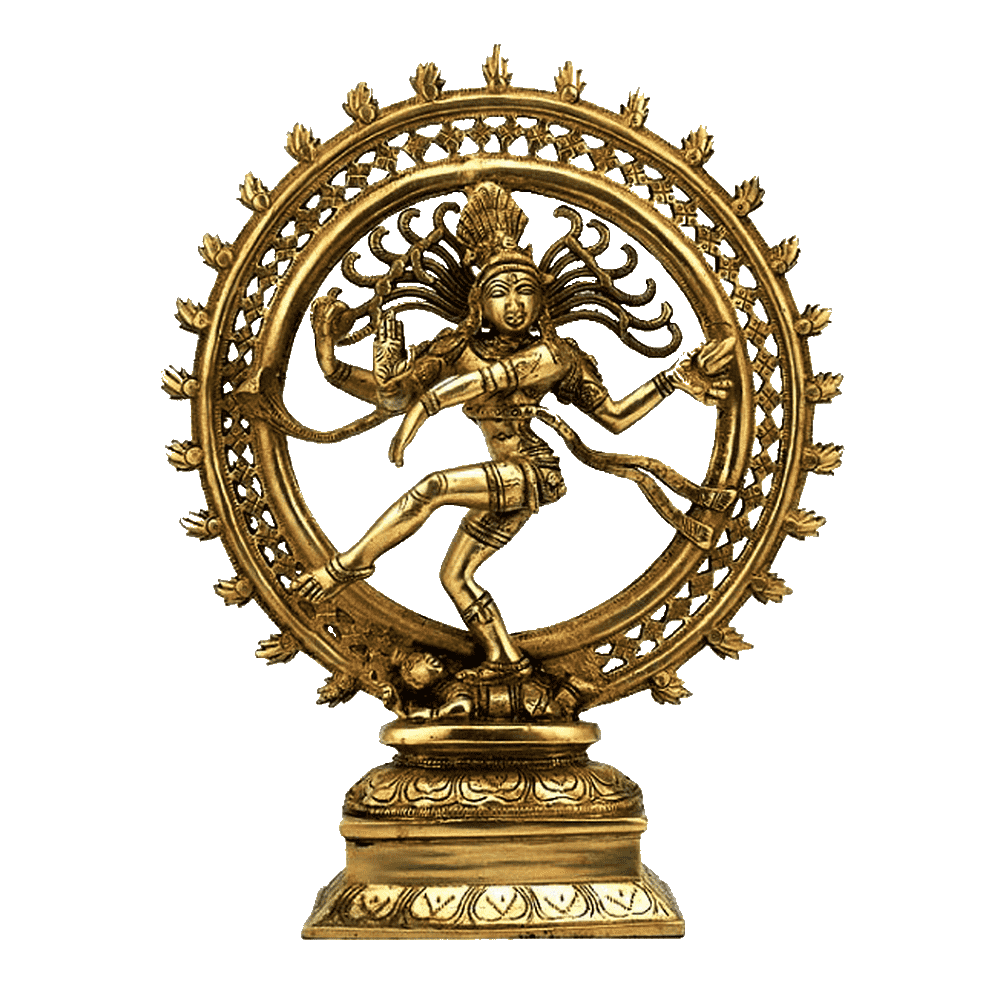
Shakta Tantras
Exploring the Path of Devotion to the Divine Mother, Shakti
Abstract:
Shakta Tantras form a prominent branch of the Tantric tradition in Hinduism, devoted to the worship of the Divine Mother, Shakti. This article delves into the origins and context of Shakta Tantras, highlighting key themes and teachings found in texts like Devi Mahatmya (Durga Saptashati), Kali Tantra, and Tripura Sundari Tantra. The enduring significance of Shakta Tantras in contemporary spiritual practices is also discussed.
Introduction:
Shakta Tantras represent a sacred and mystical tradition within Hinduism, centered around the worship of the Divine Mother, the primordial feminine energy, also known as Shakti. In this article, we explore the essence of Shakta Tantras, their origins, and their profound significance in guiding spiritual seekers on the path of devotion and divine realization.
Origins and Context:
The origins of Shakta Tantras can be traced back to the early centuries of the Common Era when the Tantric tradition began to flourish in India. The worship of the Divine Mother as the creative force behind the universe became a significant aspect of Hindu religious practice. The word “Shakta” is derived from “Shakti,” which means power or energy, and the Shakta Tantras emphasize the divinity of the feminine principle in the cosmos.
Shakta Tantras emerged in conjunction with other Tantric traditions, such as Shaiva Tantras (worship of Lord Shiva) and Vaishnava Tantras (worship of Lord Vishnu). These Tantras, often shrouded in secrecy, were passed down through oral traditions and kept within specific lineages to preserve their sacred nature.
Key Themes and Teachings:
Shakta Tantras explore various key themes and teachings, which offer a comprehensive framework for spiritual seekers:
The Divine Mother as the Supreme Reality:
Shakta Tantras exalt the Divine Mother as the ultimate reality, the cosmic source from which all creation emerges. She is both the nurturing and destructive force, encompassing all aspects of existence.
Manifestations of the Divine Mother:
The Tantras enumerate numerous forms and manifestations of the Divine Mother, each representing different aspects of her divine attributes. Examples include Durga (the fierce warrior goddess), Kali (the powerful and transformative goddess), and Tripura Sundari (the goddess of beauty and spiritual wisdom).
Shakti Worship and Rituals:
The Tantras prescribe elaborate rituals, mantras, and yantras (sacred geometrical diagrams) as means to invoke and connect with the Divine Mother’s divine energy. These practices are intended to foster spiritual growth and realization.
Kundalini Awakening:
Shakta Tantras delve into the concept of Kundalini, the dormant spiritual energy coiled at the base of the spine. Practices aim to awaken and channel this energy upwards through the chakras, leading to spiritual illumination and self-realization.
Enduring Significance:
The enduring significance of Shakta Tantras lies in their profound influence on contemporary spiritual practices and devotion to the Divine Mother. Devotees of the Divine Mother find solace and strength in her compassionate and nurturing aspects, seeking her grace and blessings to overcome challenges and obstacles in life.
The rituals and practices prescribed in the Shakta Tantras have been incorporated into various forms of worship, especially in Hindu temples dedicated to the goddess. Devotees find inspiration in the teachings of the Tantras, recognizing the divinity within themselves and the world around them.
Conclusion:
Shakta Tantras form a sacred path of devotion and worship centered around the Divine Mother, Shakti. These mystical texts and practices continue to inspire millions of devotees, fostering a deep connection with the Divine and the embodiment of the feminine principle in the universe. The Shakta Tantras hold timeless wisdom, guiding seekers on a transformative journey of spiritual growth and divine realization through the loving embrace of the Divine Mother.
Editor – Kaalchakra Team
[ Note – Before Concluding anything as a Finale, Please Go through Original Scriptures of Vaidik Literature Written in Sanskrit and Also with Meaning of That time of Language. Because English is a Limited language to Explaining the Deeper Knowledge of Vaidik Kaal. ]
